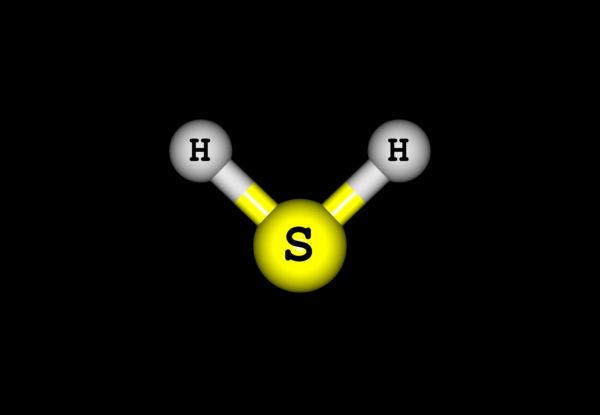
Hydrogen sulfide (H2S) is a dangerous gas that can be present at many types of workplaces. It’s found in natural gas, and it’s also created as organic matter breaks down, so it’s often associated with sewage. Side effects can set in quickly, and exposure may result in death if the affected person doesn’t get out of the area and seek treatment immediately.
Mild Symptoms
Mild symptoms of H2S exposure usually affect the respiratory system. Coughing and shortness of breath are two of the most common symptoms. Other symptoms may be mistaken for allergies or a common cold, such as watery eyes, vomiting, and headaches.
If there’s no H2S gas detector in place and someone is exposed to low levels of H2S over a period of time, other symptoms may occur. They may start to lose weight, feel dizzy, or suffer from insomnia. Their mood may also change, and they may be more irritable than normal.
Extreme Symptoms
More severe symptoms of H2S exposure include neurological symptoms such as shock, convulsions, and coma. Exposure can cause long-term brain and heart damage and will eventually cause death. This is why it’s vital to act as quickly as possible if you suspect the presence of H2S in the area.
Know Your Exposure Risk
Along with knowing if your job is at high risk for H2S exposure, be aware of the sorts of places where H2S is more likely to occur. For example, it typically stays in low-lying places since it’s heavier than air. Enclosed spaces are the most dangerous: manholes, sewer lines, and even basements can all be potentially life-threatening if H2S is present.
How to Prevent Exposure
You’re probably already familiar with the CO2 gas detector, which is present in homes and workplaces alike. Similar to this, an H2S gas monitor can be used to detect the presence of hydrogen sulfide. Job sites that have a high risk of exposure are required to have these monitors in place. In addition to monitors fixed in the area, workers may also be required to wear portable monitors in case they aren’t in range of the stationary device.






